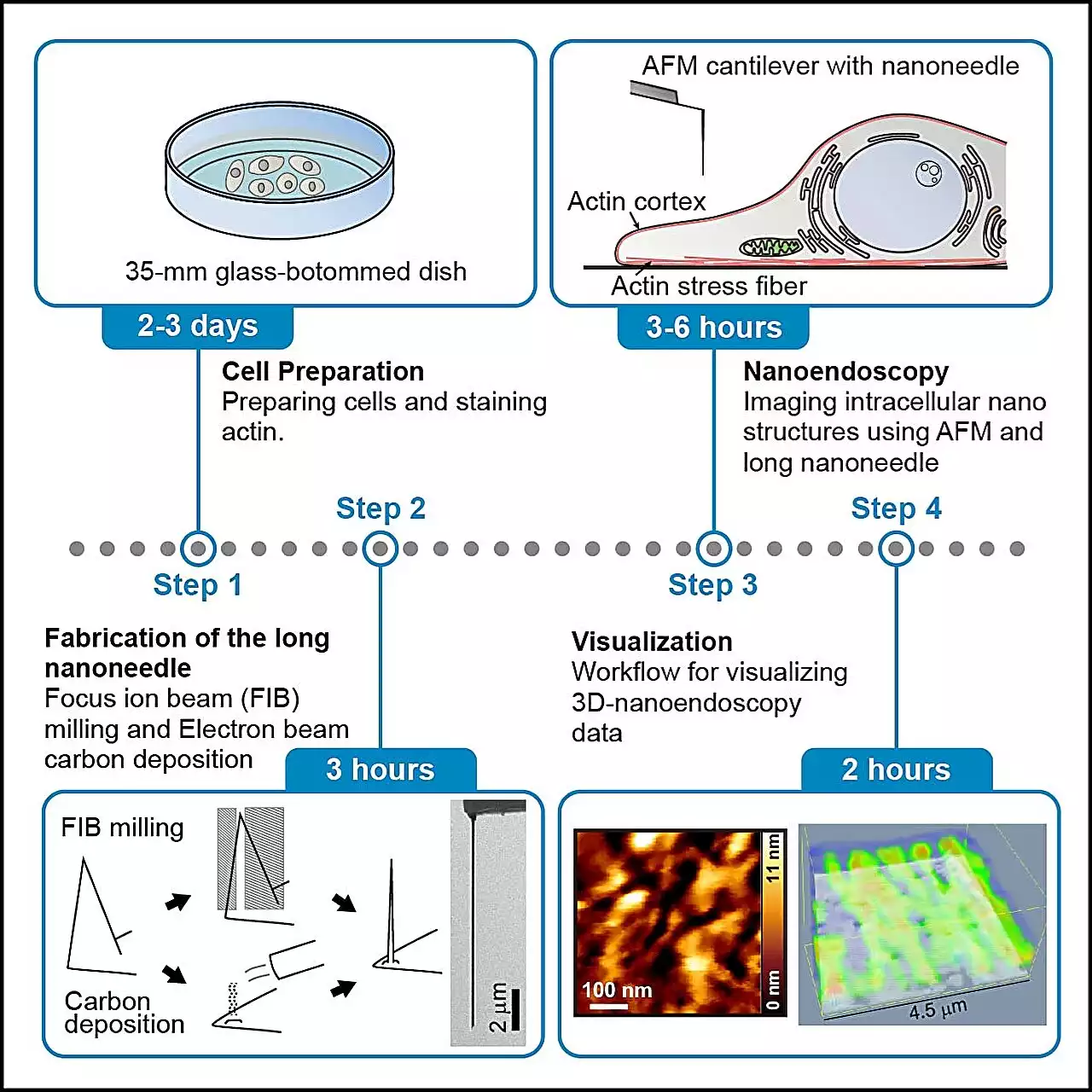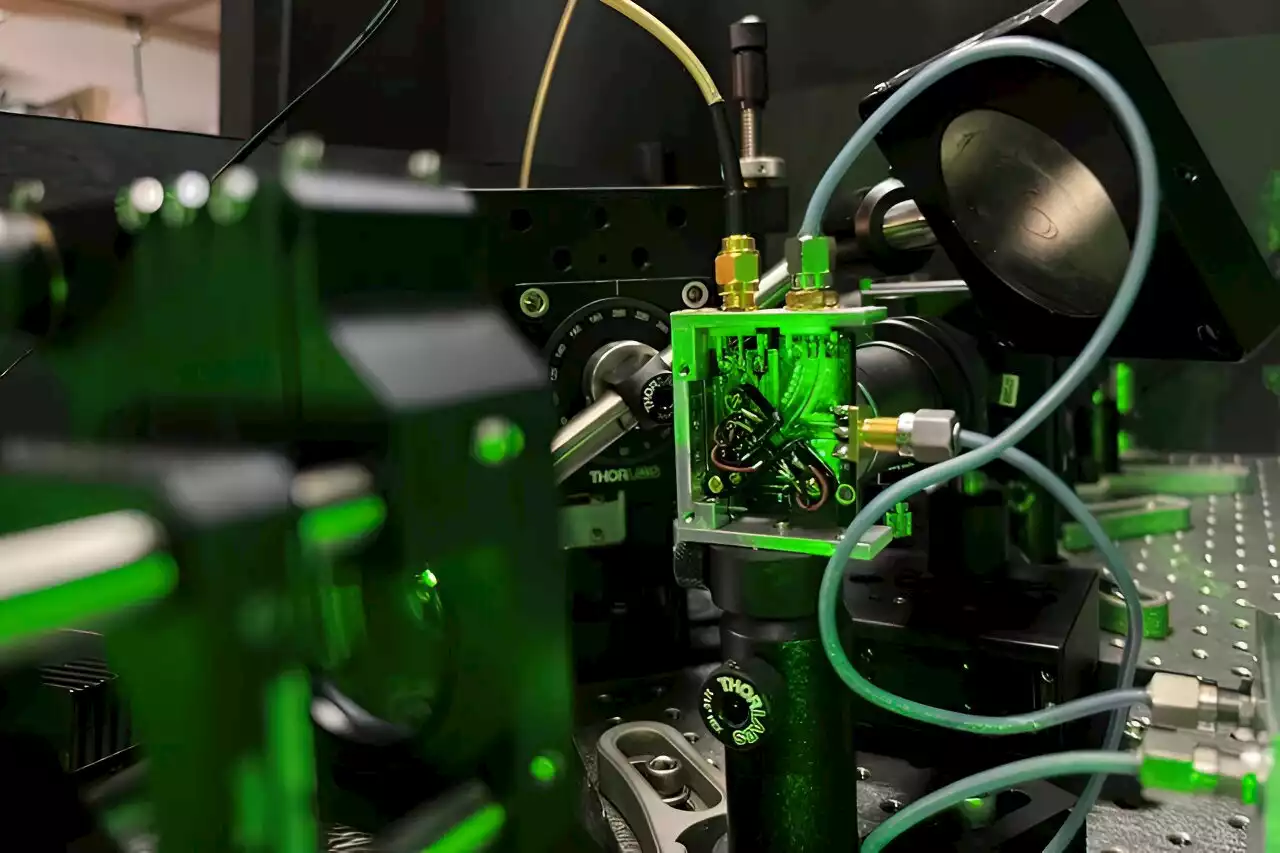For years, researchers have tried various ways to coax quantum bits—or qubits, the basic building blocks of quantum computers—to remain in their quantum state for ever-longer times, a key step in creating devices like quantum sensors, gyroscopes, and memories.
A team of physicists from MIT have taken an important step forward in that quest, and to do it, they borrowed a concept from an unlikely source—noise-cancelling headphones.
Those improvements, however, may only be the beginning. More advances may be possible, says Wang, first author of the study who came up with the protection protocol, as they explore other possible sources of noise. Cornell University professor of applied and engineering physics Gregory Fuchs calls the work"innovative and impactful."
"The goal is to use a billion clocks but achieve the same de-phasing time as a single clock," he continues."That allows you to get enhancements from measuring multiple clocks, but at the same time you preserve the phase coherence, so you don't lose your quantum information as fast." Based on their earlier paper, the team theorized that, if they could characterize how those interactions were affected by heat, they would be able to offset the effect and extend coherence times for the system.
Another application, Li says, may be in biology. Researchers have previously demonstrated that the use of
Australia Latest News, Australia Headlines
Similar News:You can also read news stories similar to this one that we have collected from other news sources.
 Researchers define protocol for high-resolution imaging of living cells using atomic force microscopyImages of nanoscale structures inside living cells are in increasing demand for the insights into cellular structure and function that they can reveal. So far, the tools for capturing such images have been limited, but researchers led by Takeshi Fukuma and Takehiko Ichikawa at Kanazawa University have now devised and reported a full protocol for using atomic force microscopy (AFM) to image inside living cells. The research is published in the journal STAR Protocols.
Researchers define protocol for high-resolution imaging of living cells using atomic force microscopyImages of nanoscale structures inside living cells are in increasing demand for the insights into cellular structure and function that they can reveal. So far, the tools for capturing such images have been limited, but researchers led by Takeshi Fukuma and Takehiko Ichikawa at Kanazawa University have now devised and reported a full protocol for using atomic force microscopy (AFM) to image inside living cells. The research is published in the journal STAR Protocols.
Read more »
![]() Researchers' Heartwarming Reaction to First Photos of Rare Bird Goes ViralIt perfectly encapsulates the indescribable feeling of capturing a dream photo.
Researchers' Heartwarming Reaction to First Photos of Rare Bird Goes ViralIt perfectly encapsulates the indescribable feeling of capturing a dream photo.
Read more »
 Researchers find evidence for widespread thermal optimality of ecosystem respirationTerrestrial ecosystems respire nearly 120–130 Gt of carbon into the atmosphere each year. But it is not yet clear how ecosystem respiration will change under global warming.
Researchers find evidence for widespread thermal optimality of ecosystem respirationTerrestrial ecosystems respire nearly 120–130 Gt of carbon into the atmosphere each year. But it is not yet clear how ecosystem respiration will change under global warming.
Read more »
 Poor police practices in Canada are endangering 2SLGBTQ+ survivors of intimate partner violence, researchers sayIntimate partner violence is a prevalent and growing issue in Canada. According to Statistics Canada, there were 114,132 police-reported victims of intimate partner violence in 2021, marking the seventh consecutive year of increased rates of violence.
Poor police practices in Canada are endangering 2SLGBTQ+ survivors of intimate partner violence, researchers sayIntimate partner violence is a prevalent and growing issue in Canada. According to Statistics Canada, there were 114,132 police-reported victims of intimate partner violence in 2021, marking the seventh consecutive year of increased rates of violence.
Read more »
 Researchers reveal complex society of wild horses using dronesResearchers of the Hungarian Research Network (HUN-REN), the University of Debrecen (UD), the Eötvös Loránd University (ELTE) and the Hortobágy National Park Directorate investigated the social system of a herd of Przewalski's horses in Hortobágy by combining drone-based movement analysis and long-term population monitoring data.
Researchers reveal complex society of wild horses using dronesResearchers of the Hungarian Research Network (HUN-REN), the University of Debrecen (UD), the Eötvös Loránd University (ELTE) and the Hortobágy National Park Directorate investigated the social system of a herd of Przewalski's horses in Hortobágy by combining drone-based movement analysis and long-term population monitoring data.
Read more »
 Researchers use AI to find new magnetic materials without critical elementsA team of scientists from Ames National Laboratory has developed a new machine learning model for discovering critical-element-free permanent magnet materials. The model predicts the Curie temperature of new material combinations. It is an important first step in using artificial intelligence to predict new permanent magnet materials. This model adds to the team's recently developed capability for discovering thermodynamically stable rare earth materials. The work is published in Chemistry of Materials.
Researchers use AI to find new magnetic materials without critical elementsA team of scientists from Ames National Laboratory has developed a new machine learning model for discovering critical-element-free permanent magnet materials. The model predicts the Curie temperature of new material combinations. It is an important first step in using artificial intelligence to predict new permanent magnet materials. This model adds to the team's recently developed capability for discovering thermodynamically stable rare earth materials. The work is published in Chemistry of Materials.
Read more »
